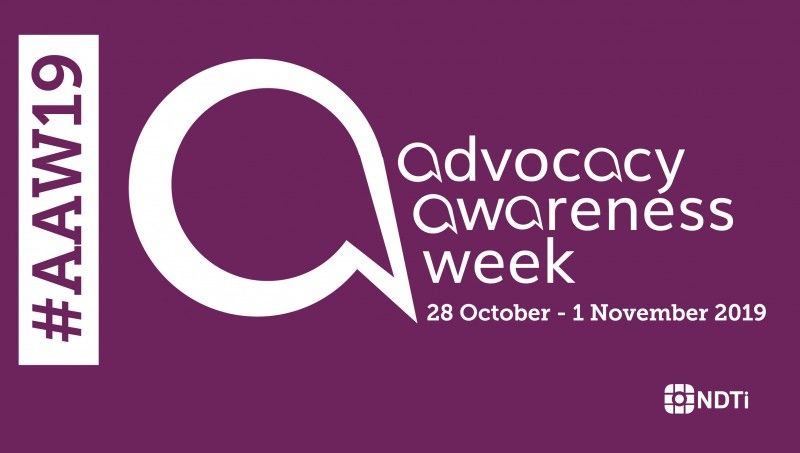
How can the health, social care and advocacy sectors improve outcomes from safeguarding? Simple. By focusing more on prevention.
Prevention is better than cure, as is early intervention. The six principles of adult safeguarding and the five P’s of child protection include prevention. So why is the current discourse just about things like whistleblowing, and action taken after a situation has occurred? Why are we not talking about prevention? I think we’re in danger of locking the stable door after the horse has bolted. And not learning from the experience.
The Advocacy Project has undertaken a consultation across care groups, community and faith groups to explore what local people understand by safeguarding and how to keep safe. This includes people with dementia, learning disabilities, physical and sensory disability, and mental health problems. We have applied the principles of co-production to explore voice, rights, choice and empowerment in relation to safeguarding. We explored questions such as:
• What do you understand by being safe?
• What would you do if you felt that you (or someone you knew) wasn’t safe?
• What’s your experience of safeguarding?
In addition to this, we undertook a survey of around 100 patients in mental health wards in hospitals in London, exploring similar issues.
The results were a shock. People don’t seem to realise that many situations in which someone is not safe result from someone else’s actions, due to a power imbalance or an abuse of power. Most people talked only about physical security, having locks on their doors and so on. Some people confused safety with not being lonely – people with pets felt safer than those without (even if the pet is a domestic cat or a budgie).
There are also marked differences in the responses based on gender and sexual orientation, particularly in inpatient settings. Those identifying as female typically feel more vulnerable. We know from this and from our other work that people identifying as LGBTQ in mental health units are reluctant to disclose important information about their lives and their mental health to staff because they are afraid of discrimination and abuse – and scared of being locked away for longer than necessary because of this.
Very few people identified the risk of financial abuse, even though we know from our advocacy work there’s an increasing trend here. We came across cases where people talked about how professionals (like support workers or care workers) are helping people manage their money. At times, we have seen a worrying lack of clarity on professional boundaries, and little understanding of the need to do some due diligence before embarking on these kinds of arrangements. While this may be perfectly in order, as a sector we need to raise awareness of the need to think through the potential consequences of these sorts of decisions. And we need to do this without creating an environment of mutual distrust so that people are afraid to reach out.
Interestingly, people generally don’t think the safeguarding concept or safeguarding processes are anything to do with them or their lives. Many of those who’ve had experience of safeguarding thought it was an official process that happened to them and around them. Those who hadn’t experienced safeguarding at first hand were even hazier about it.
I recognise the good work health and social care professionals and organisations do to keep people safe. People are trying hard to do the right things right. But we need to shift our focus and change the narrative – the nature of our discourse. We all need to take steps to increase the understanding of our beneficiaries about keeping safe, and figure out what practical steps we can each take to increase people’s agency and empowerment in relation to safeguarding. We also need to reflect on how this should inform our communications strategy, marketing material, awareness raising, and also our practice.
The Advocacy Project has experience of safeguarding across all care groups, in a variety of settings ranging from high security forensic units to eating disorder units, children’s hospitals like Great Ormond Street, and within communities. This experience has led us to focus on awareness and prevention in our approach to safeguarding. We are aware of our transient duty of care for citizens, residents, and volunteers. We’ve delivered capacity-building training to increase people’s awareness of how to keep safe. We do this using a combination of approaches – objects of reference, mime, role play, and written material (including easy read). Early days, but we’ve started to build peer support networks, where people who’ve participated in training are buddied with other people with a view to keeping each other safe.
So how do we get better outcomes from safeguarding? By focusing on prevention. Building community capacity has to be the way forward.
Judith Davey, Chief Executive, The Advocacy Project
Follow The Advocacy Project on Twitter.